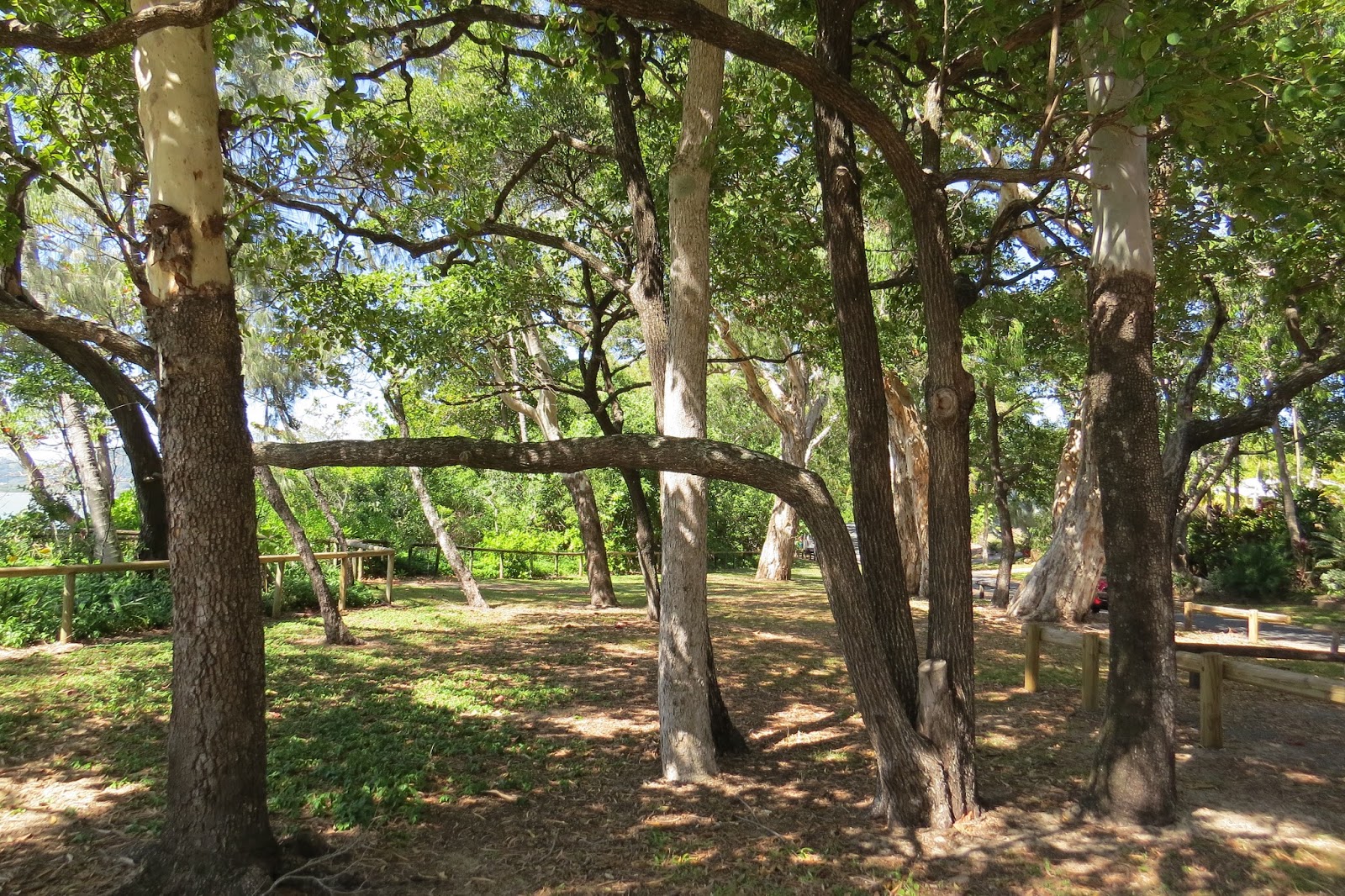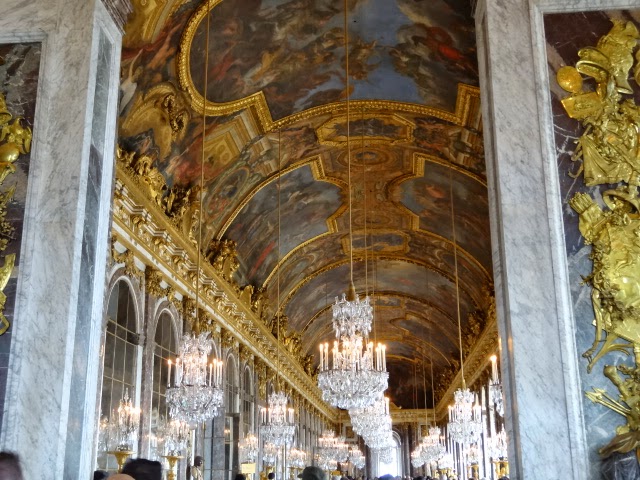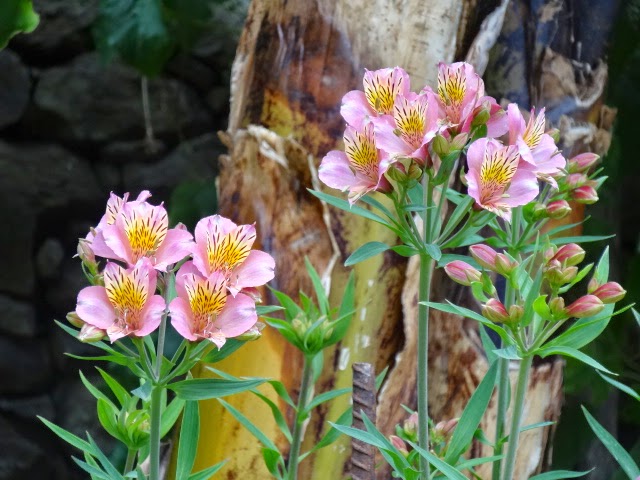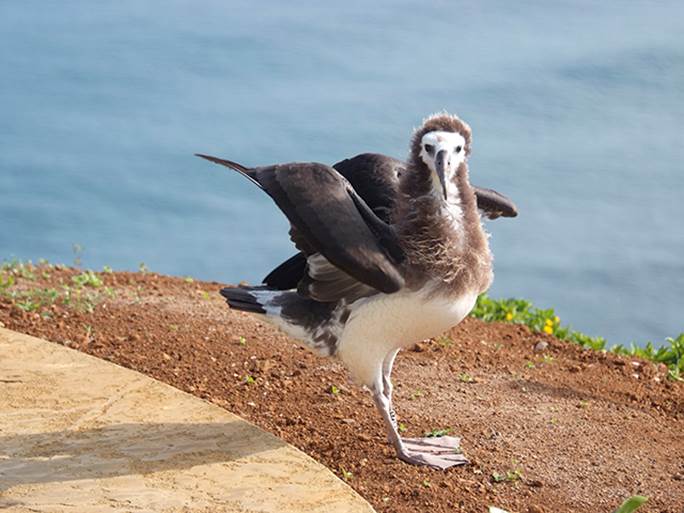 |
| In the early evening a group of the babies get together to play, running through the paddock, making us laugh over their playful antics. |
There are always flights looming in the future. As much as we’d hoped to sail our way around the world using cruise ships as a means of transportation, it just doesn’t work out that way.
As we’ve become more and more knowledgeable (Tom particularly) about the routes of cruise ships, we’ve come to accept how impossible that is to accomplish. Were cost no object, it may be a different scenario opening up many more possibilities.
If money were entirely no object, one could easily charter ships to almost any part of the world. Long ago, we accepted that we have limitations on what we can and can’t do based on cost and practicality, neither of which is a disappointment, just a reality.
Not only do we dislike flying for the vast inconveniences, commotion and baggage fees, we don’t get excited booking a flight as we do when booking a new location, a vacation home or a cruise.
 |
| These two babies sat in this spot staring at us for hours, occasionally napping. |
Its not the flying part we mind. Its everything leading up to it including the laborious process of searching online to find the right flight, at the right time of day, on the right date, on the right airline, at the right place and with the right seats.
Then, there’s the challenge of deciding…do we book early (up to 330 days ahead of schedule as allowed by most airlines) or do we wait and hope for better flight options and prices further down the road?
I wish I could say we have a definitive plan for booking flights. We don’t. We’ll mention that we need to book a flight, discussing a possible time frame during which it needs to be done. Then, on an unexpected day, one of us searches, discusses it and we find a suitable option, getting it booked and out of the way.
This isn’t a quick process completed in five minutes. We’re often checking and rechecking to verify there are no errors. We use Expedia on our website, accumulating points we’ve yet to use.
 |
| The alpacas, young and mature all get along well and enjoy staying close to one another. With 30 in this paddock and 60 more in other paddocks, its a pleasure to see how they interact with one another. |
We’ve found the jumping around to dozens of websites offering supposed better deals, only to discover that overall prices are not a whole lot different from one “supplier” to another.
Often, blocks of flights and seats are offered by ancillary websites. We’ve chosen not to spend hours trying to maneuver through all of these myriad options when in the end, we may pay the same price or at times, a better price.
Plus, we’ve found good customer service with Expedia when on a rare occasion we’ve encounter a booking question. Their reps are easy to reach with quick and painless resolutions as their imminent objective. This works for us.
 |
| Its hard to believe how these young alpacas have quickly adjusted to our presence. |
The flight we needed to book (now completed) is upcoming on April 15th from Auckland, New Zealand to Sydney, Australia for our fourth visit to the beautiful harbor city.
Again, we’ll stay overnight one night to ensure there is no risk of missing the cruise. Staying overnight the night prior to a cruise is a maneuver we long ago decided would best avoid stress.
If we arranged a flight on the same day as a cruise and its delayed for any reason, we’d be in big trouble. We’ve heard stories of this occurring and don’t want any part of it.
As always our motto comes into play as shown in the heading of our homepage. For one reason or another, we simply think of our travels in regard to our motto, “Wafting Through Our Worldwide Travels with Ease, Joy and Simplicity.” Its from this premise that we continue on, at times spending a little more to ensure the least amount of stress and frustration.
 |
| Napping together. |
Finally, we booked the flight with our favorite (to date) airline, Emirates, who’s coach seats are comparable to first class on other airlines. It cost a little more than a few other options but its safety history, roomier seats and customer service are definitely a consideration. We could have saved a total of NZ $62, US $40 booking on another airline at a less desirable time.
Instead, we chose our preferred choice of Emirates with which we may ultimately save the difference in baggage fees. They don’t charge for the first bag per person (see below) and there’s no charge for carry on bags.
Here’s the flight we selected which includes a two hour time difference:

5:55p to 7:25p 3h 30m
- Auckland (AKL) to Sydney (SYD)
- Auckland Intl. (AKL) to Kingsford Smith Intl. (SYD)
- Emirates 413
- Economy / Coach (Q)
- Airbus Industrie A380-800 Passenger
- Seats
- Preview availability
- Bag fees
- Baggage fees when purchased at the airport (Prices may be cheaper if purchased online with Emirates)
-
Carry on: No fee 1st checked bag: No fee up to 30 kg 2nd checked bag: No info How to pay: Emirates
 |
| The babies all hang out together running through the paddock and playing. All of these cria were born since this past December, growing quickly. |
Now, back to matters at hand. Yesterday, Trish and Neil moved the alpacas moms and babies to the paddock in front of our deck providing us with easier viewing. We spent most of the day watching them enjoying every moment. No longer afraid of us, they readily approach making our experience all the more heartwarming.
Photo from one year ago today, January 31, 2015:
 |
| This was our first photo of “Birdie” whom we came to know and love. In no time at all, he responded to his name coming when called many times each day, often bringing along his mate, another Red Cardinal with different markings and coloration. His presence in our lives over the four months in Kauai added to our glorious experience. For more details, please click here. |



























































































































